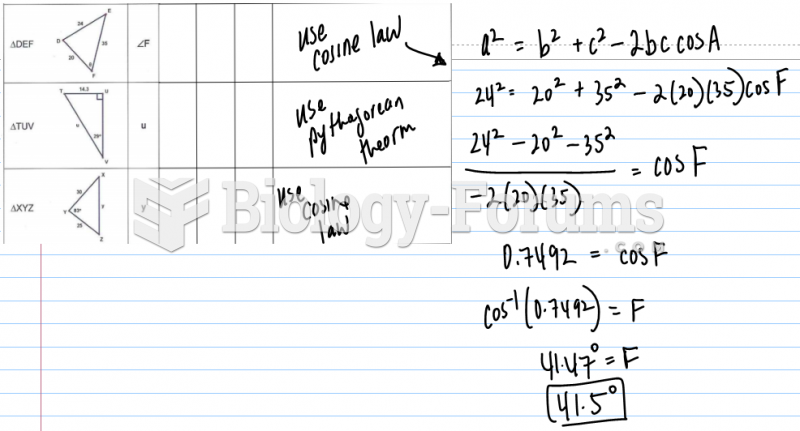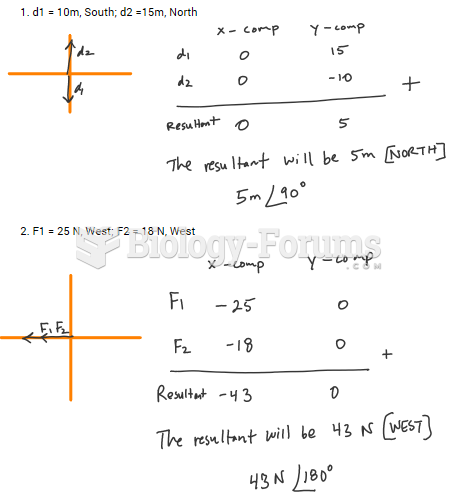|
|
|
The first documented use of surgical anesthesia in the United States was in Connecticut in 1844.
Pubic lice (crabs) are usually spread through sexual contact. You cannot catch them by using a public toilet.
In women, pharmacodynamic differences include increased sensitivity to (and increased effectiveness of) beta-blockers, opioids, selective serotonin reuptake inhibitors, and typical antipsychotics.
There are immediate benefits of chiropractic adjustments that are visible via magnetic resonance imaging (MRI). It shows that spinal manipulation therapy is effective in decreasing pain and increasing the gaps between the vertebrae, reducing pressure that leads to pain.
Illicit drug use costs the United States approximately $181 billion every year.







